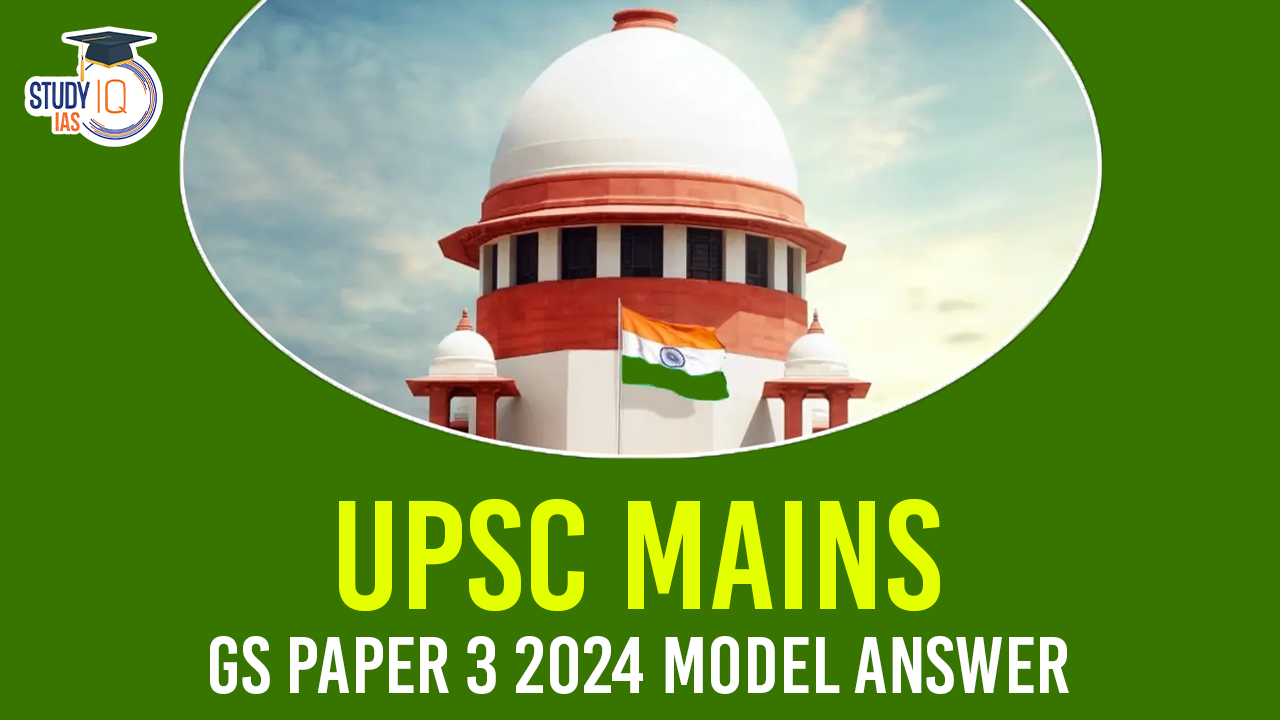Table of Contents
Introduction-
Start with a data related to the importance of irrigation system in India.
“India’s irrigation system, crucial for the country’s food security and agricultural growth, faces numerous challenges in recent times.
With nearly 60% of the country’s net sown area dependent on irrigation, the sector’s inefficiencies have far-reaching implications.
Major Challenges Faced by Indian Irrigation System:
- Inefficient Water Use: Water utilisation efficiency in India is around 35-40% (Source: Central Water Commission, 2020)
- Example: Punjab’s rice-wheat cropping system wastes 30-40% of irrigation water (Source: ICAR, 2019)
- Inadequate Water Storage: India’s reservoir storage capacity is 253 billion cubic metres (BCM), against required 400 BCM (Source: CWC, 2020)
- Example: Maharashtra’s Jayakwadi Dam has storage capacity of 2.19 BCM, but receives 10 BCM inflow annually (Source: Maharashtra Water Resources Dept.)
- Climate Change: Temperature rise: 0.6°C (1901-2015) (Source: IMD, 2019)
- Changing rainfall patterns: 10-20% decrease in monsoon rainfall (1951-2015) (Source: IMD, 2019)
- Water Pollution: 70% of India’s water resources contaminated (Source: CPCB, 2020)
- Example: Ganga River’s faecal coliform levels exceed permissible limits by 10-100 times (Source: CPCB, 2019)
- Inequitable Distribution: Inter-state water disputes: Cauvery, Krishna, and Ravi rivers (Source: Supreme Court judgments)
- Example: Maharashtra’s Marathwada region receives 10% of state’s irrigation water (Source: Maharashtra Water Resources Dept.)
- Ageing Infrastructure: 65% of canal network over 20 years old (Source: CWC, 2020
- Example: UP’s Upper Ganga Canal built in 1854, requires modernization (Source: UP Irrigation Dept.)
- Lack of Modernization: Only 15% of irrigation potential utilised through micro-irrigation (Source: Ministry of Agriculture, 2020)
- Example: Gujarat’s drip irrigation coverage increased to 40% (2015-2020) (Source: Gujarat Govt.)
Measures Taken by the Government:
- Pradhan Mantri Krishi Sinchayee Yojana (PMKSY): Allocates ₹50,000 crores (2015-2020) for irrigation development (Source: MoA, 2020)
- Example: 1.3 million hectares brought under micro-irrigation (2015-2020) (Source: MoA, 2020)
- Jal Shakti Abhiyan: Focuses on water conservation and rainwater harvesting (Source: MOWR, 2019)
- Example: 1.1 million rainwater harvesting structures constructed (2019-2020) (Source: MOWR, 2020)
- Participatory Irrigation Management (PIM): 45% of irrigation management transferred to Water User Associations (WUAs) (Source: MoA, 2020)
- Example: Andhra Pradesh’s WUAs manage 70% of irrigation systems (Source: AP Govt.)
Conclusion
A robust and efficient irrigation system is crucial for India’s food security, economic growth, and environmental sustainability.


 UPSC CDS 1 Final Result 2025 Declared: D...
UPSC CDS 1 Final Result 2025 Declared: D...
 UPSC EPFO Result 2025 Out: EO/AO and APF...
UPSC EPFO Result 2025 Out: EO/AO and APF...
 UPSC CSE Interview Schedule 2025: Dates,...
UPSC CSE Interview Schedule 2025: Dates,...

























